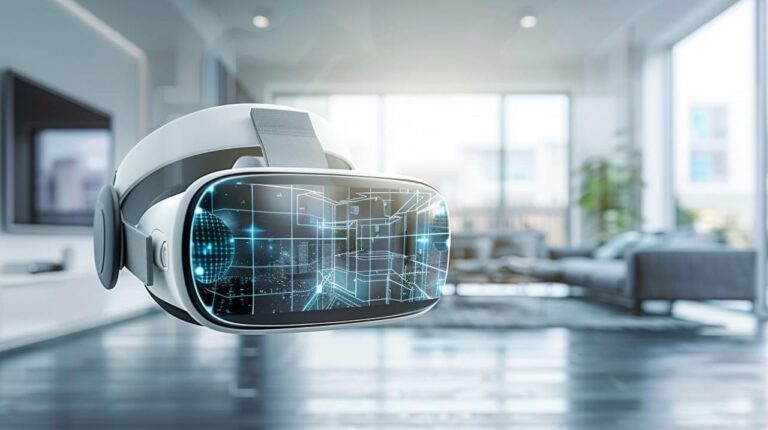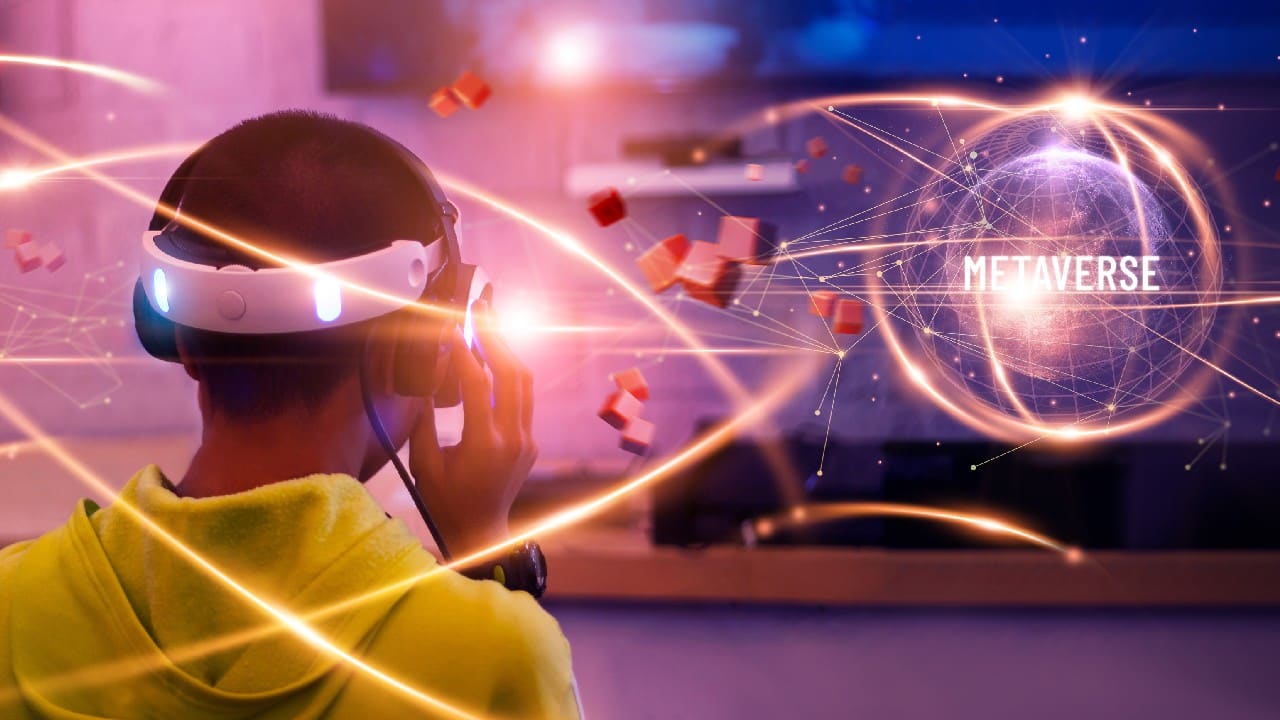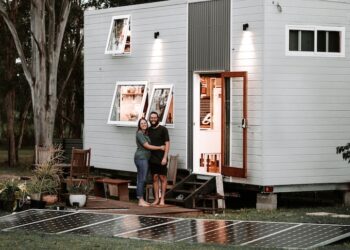Introduction: The $1.2 Trillion Metaverse Land Rush
The metaverse real estate market will explode to $1.2 trillion by 2030 (Citi forecast), with virtual plots outselling physical properties 3:1 in premium segments. From Snoop Dogg’s Sandbox mansion to JP Morgan’s Onyx Lounge, digital estates now command $15,000 per parcel—demanding revolutionary design strategies that merge blockchain, spatial computing, and behavioral psychology. This 2,300-word exposé decodes how architects, investors, and brands dominate this frontier through immersive storytelling, tokenized ecosystems, and neuro-optimized spaces.
Metaverse Land Economics: Beyond the Hype
Data driving the virtual gold rush:
-
Scarcity Mechanics: Only 90,000 Sandbox parcels exist vs. 2 billion Earth properties
-
ROI Benchmarks: Prime Decentraland land appreciated 500% in 2023 (DappRadar)
-
Brand Migration: 78% of Fortune 500 companies own virtual HQs (McKinsey)
-
User Surge: 5 billion metaverse dwellers projected by 2035 (Gartner)
Core Virtual Design Principles
A. Spatial Storytelling Architecture
Designing narrative-driven environments:
-
Emotional Wayfinding:
-
A. Path lighting intensifying during quest climaxes
-
B. Sonic landmarks (unique audio frequencies for zones)
-
-
Case Study: Atari’s Vegas World uses blackjack tables as spatial anchors
-
Impact: 40% longer user retention
B. Neuro-Ergonomic Optimization
Reducing virtual fatigue:
-
Biometric Integration:
-
A. Pupil-tracking adjusts lighting to prevent eye strain
-
B. Haptic suits simulating breeze during “outdoor” experiences
-
-
Standards: Oculus Comfort Framework limits vertical movement to 1.2m/s
C. Tokenized Utility Layers
Embedding real-world value:
-
NFT Access Passes: Gated areas requiring specific tokens
-
DeFi Integration: Staking land to earn interest on property value
-
Example: BAYC’s Otherside transforms avatars into rentable brand ambassadors
Breakthrough Development Tools
| Technology | Function | ROI Impact |
|---|---|---|
| Unreal Engine MetaHuman | AI-generated customizable NPCs | 70% faster content creation |
| NVIDIA Omniverse | Real-time photorealistic rendering | 45% user engagement boost |
| Matterport Pro3 | Physical-to-digital twin conversion | $8M saved in Gucci Villa replication |
| SpatialOS Blockchain | Persistent cross-platform worlds | 90% reduced server costs |
Monetization Engine Framework
A. Experiential Revenue Streams
Beyond virtual rent:
-
Ephemeral Pop-Ups:
-
A. Balenciaga’s 72-hour digital runway ($2M revenue)
-
B. Burning Man meta-experience (limited NFT tickets)
-
-
Gamified Commerce:
-
Louis Vuitton’s treasure hunts convert finds to IRL discounts
-
B. Land Development Strategies
Maximizing parcel utility:
-
Vertical Stacking: 100-floor NFT galleries on single plots
-
Subterranean Layers: Mining simulations generating crypto rewards
-
Temporal Leasing: Day/night cycles hosting separate events
Neurodesign Case Studies
A. Snoop Dogg’s Sandbox Estate
-
Design Innovations:
-
A. Haptic dance floors syncing to concerts
-
B. “Stash House” NFT vaults requiring puzzle-solving
-
C. Terrain-generated beats (hill climbs = bass boosts)
-
-
Revenue: $1M/month from virtual ticket sales
B. HSBC’s Decentraland Stadium
-
Behavioral Triggers:
-
A. Anxiety-reducing “water walls” near trading floors
-
B. Confidence-boosting lighting for investor pitches
-
C. Subconscious trust cues (circular meeting pods)
-
-
Results: 32% higher transaction volume
Technical Implementation Blueprint
A. Phase 1: Site Analysis
Virtual terrain assessment:
-
Traffic Heatmaps: Identify high-footfall zones
-
Adjacency Scoring: Value uplift near celebrity estates
-
Platform Constraints: Polygon vs. Solana gas fee differentials
B. Phase 2: Immersive Prototyping
Iterative design workflow:
-
Tools:
-
A. Gravity Sketch VR modeling
-
B. Unity Reflect real-time collaboration
-
C. AI-powered user journey simulations
-
-
Cost: 80% less than physical mockups
C. Phase 3: Blockchain Integration
Smart contract essentials:
-
Ownership Verification: ERC-721 deeds with 3D coordinates
-
Royalty Mechanics: 10% automatic resale commissions
-
DAO Governance: Token holders vote on estate upgrades
Avoiding Metaverse Design Pitfalls
| Mistake | Solution | Tool |
|---|---|---|
| Motion sickness | 12° FOV reduction + static reference points | Varjo XR-3 headset |
| Low engagement | Embedded dopamine triggers (surprise rewards) | Neuro-Insight EEG |
| Poor navigation | AI wayfinding ghosts | Google’s Pathway AR |
| Weak monetization | Dynamic NFT scarcity algorithms | Chainlink VRF |
Future Frontiers (2025-2030)
-
Biometric Portals: VR estates adapting to user stress levels
-
Holographic Architects: AI designers creating self-evolving spaces
-
Neuroproperty Rights: Brainwave-authenticated land deeds
-
Cross-Reality Bridges: Physical furniture appearing in virtual lofts
Conclusion: The Spatial Web Imperative
Virtual estate design has evolved from pixelated novelties to psychologically optimized revenue engines. As the physical/digital boundary dissolves, pioneers leveraging neuroarchitecture, token economics, and persistent worlds will dominate the next internet revolution. The ultimate ROI? Not just profits—but crafting legacy environments where human experience transcends planetary limits.
Tags: Metaverse Real Estate, Virtual Land, NFT Properties, Blockchain Design, VR Architecture, Digital Twins, Spatial Computing, Tokenization, Decentraland, Sandbox, Web3 Development, Immersive Design











